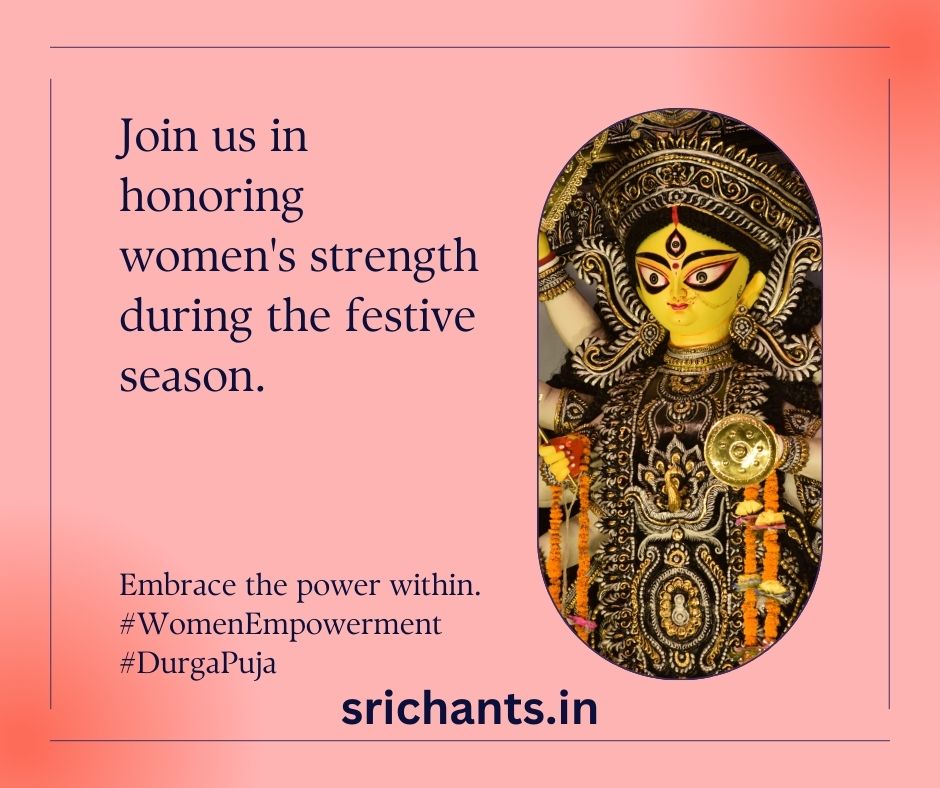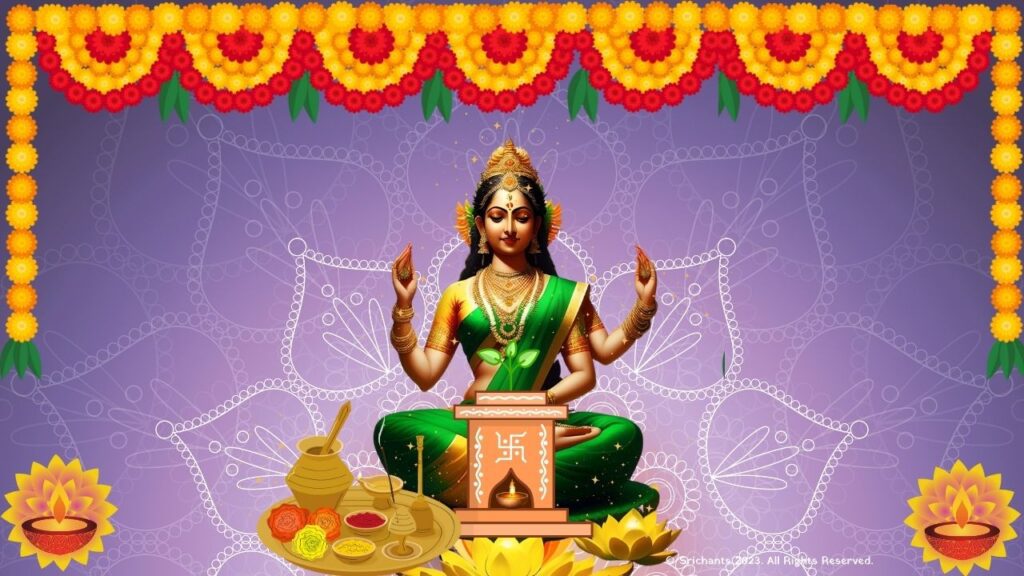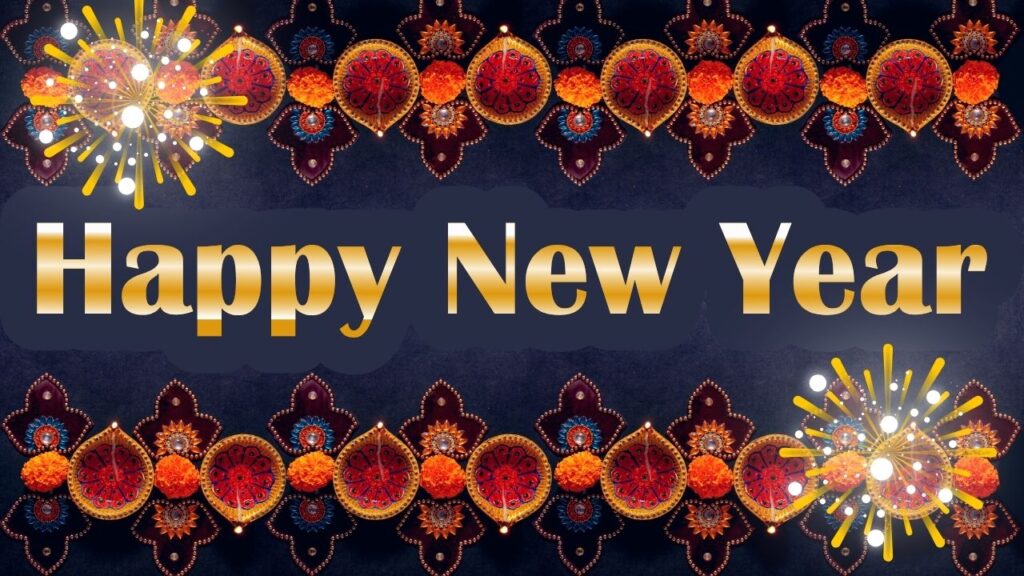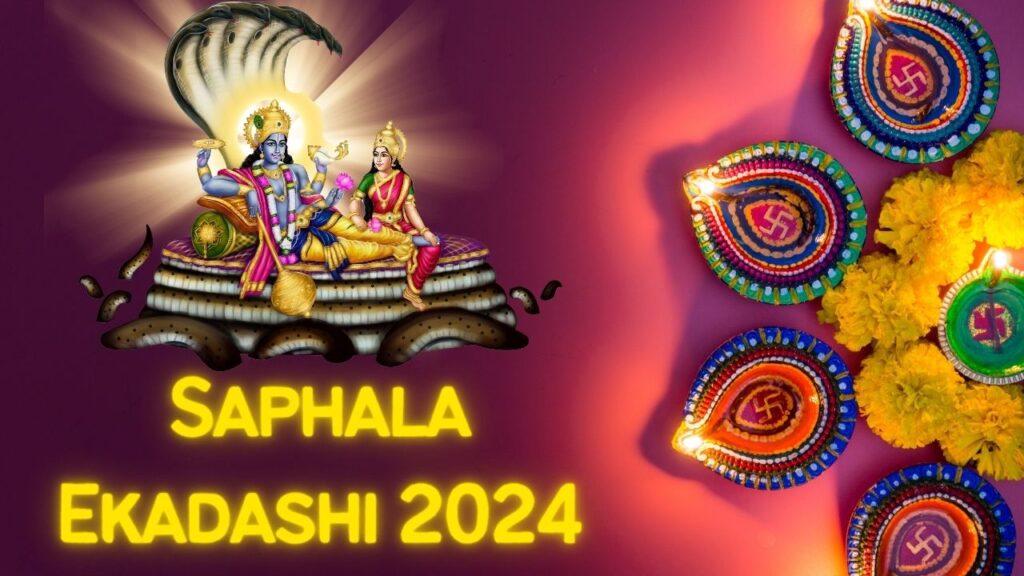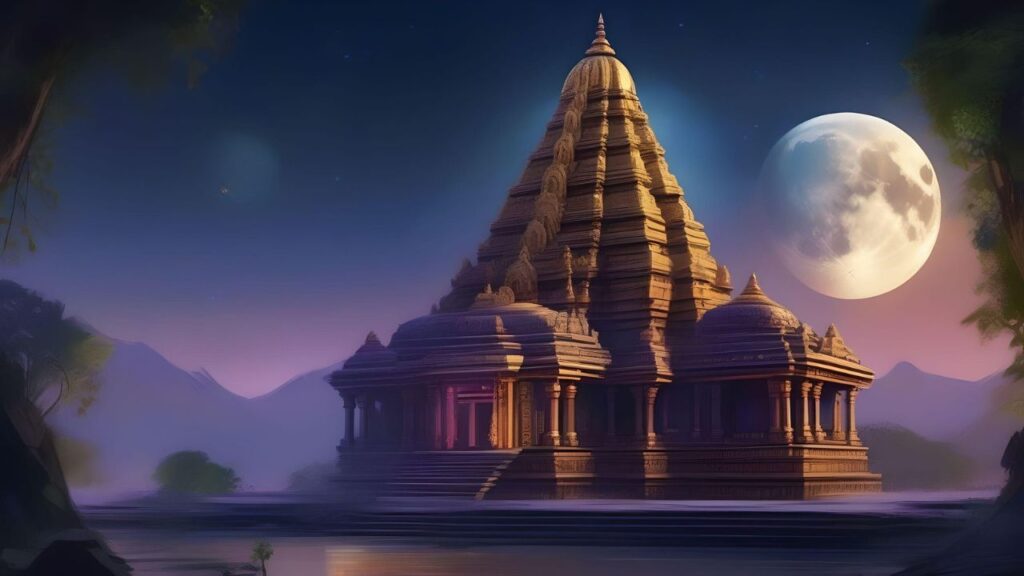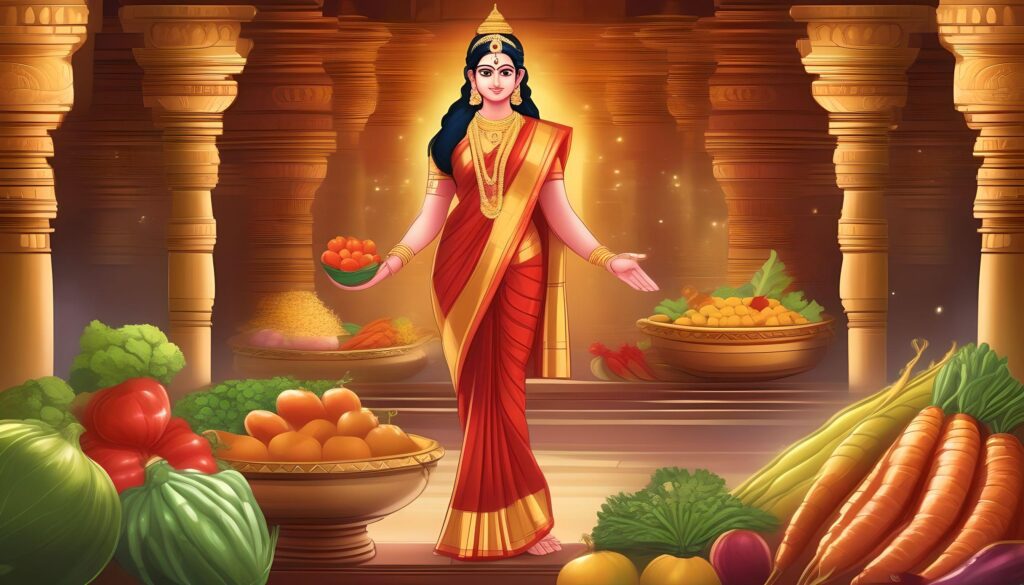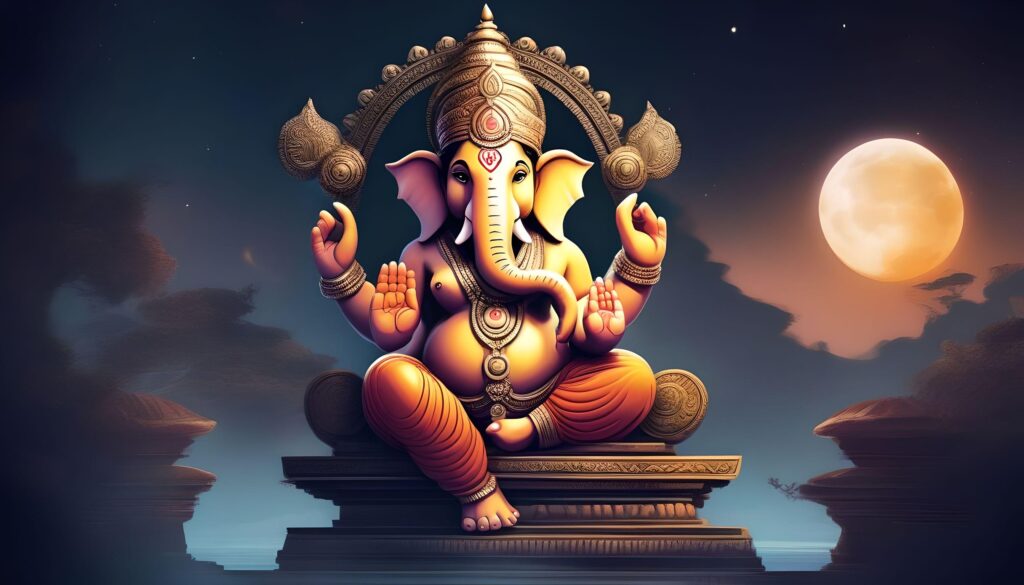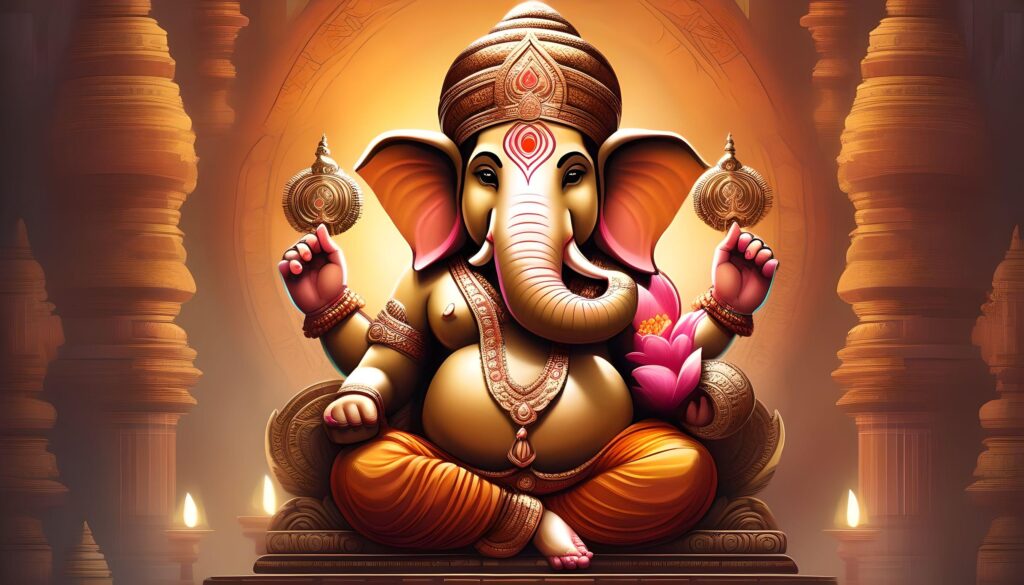women empowerment with Durga Puja: A Celebration of Women Power
Introduction
Durga Puja, which is also referred to as Navratri or Dussehra, is one of the most significant Hindu festivals observed in India. Goddess Durga, the embodiment of feminine power and empowerment, is revered and worshipped by the nation during this period. This nine-day festival is a commemoration of the resilience and fortitude of women. The following article will investigate the legend of Durga, the customs and rituals that are associated with Durga Puja, and the manner in which this festival emphasizes the empowerment of women.
The Legend of Durga
Durga’s legend has its roots in the primordial Hindu mythology. It recounts the tale of Mahishasura, a formidable demon who had achieved invincibility as a result of a benediction bestowed by Lord Brahma. Mahishasura caused immeasurable suffering by unleashing his newfound strength, which caused chaos in both the earth and heaven. The gods, unable to defeat the demon, resolved to establish a warrior deity who could vanquish him.
Consequently, Durga was created, a goddess of ten arms, each of which held a weapon that was bestowed upon her by a different god. She was fierce and formidable. She descended from the heavens to confront Mahishasura while mounted on a lion. Durga fought valiantly and ultimately defeated the demon in a fierce battle that lasted for ten days, symbolizing the triumph of good over evil.
Durga Puja in West Bengal: Breaking Social Norms
Durga Puja is observed with great enthusiasm and devotion throughout India, but it is particularly significant in the state of West Bengal. In this context, the festival transcends religious rituals and serves as a platform for social transformation, challenging social taboos and disrupting patriarchal norms that pertain to women.
Durga Puja pandals, which are temporary structures that are elaborately decorated, are constructed in West Bengal to demonstrate the diverse responsibilities that women fulfill in society. These pandals portray women as successful professionals, spouses, mothers, and sisters. The celebration is designed to emphasize the resilience and fortitude of women, thereby promoting gender equality and women’s empowerment.
Celebrating Women through Sindoor Khela
Sindoor Khela is one of the most significant rituals performed during Durga Puja in West Bengal. In the past, Sindoor Khela was a ritual in which married women applied vermillion (sindoor) to the forehead of the deity and then to each other as a symbol of married life and fertility. Nevertheless, in recent years, this ritual has undergone a transformation to encompass all women, irrespective of their marital status.
Sindoor Khela is a time when women gather to celebrate their sisterhood and womanhood by jokingly applying sindoor to one another. Even marginalized communities, including transgender women and sex workers, are actively engaged in the organization of Durga Puja pandals and the performance of the various rituals, as part of this inclusive celebration.

Must-Visit Pandals in Kolkata
Kolkata, the capital city of West Bengal, is renowned for its creativity and splendor in the context of Durga Puja. The city is a hive of activity during this festival, as thousands of intricately designed pandals exhibit artistic themes and craftsmanship. The following are a few of the pandals in Kolkata that are a must-see during Durga Puja:
- Santosh Mitra Square
- Bagbazar
- College Square
- Hindustan Park
- Hindustan Club
- Samaj Sebi Sangha
- Ballygunge Cultural Association Puja Pandal
- Deshapriya Park
- Kumartuli Park
- Ahiritola Sarbojanin Durgotsav
These pandals provide a glimpse into the rich cultural heritage of West Bengal and the creativity of the artisans who bring these structures to life.
Kanya Puja: Honoring the Divine Feminine
Kanya Puja is an additional significant component of Durga Puja in North India, particularly in states such as Uttar Pradesh, Madhya Pradesh, Delhi, Haryana, Punjab, and Uttarakhand. This ritual entails the veneration of nine prepubescent females who symbolize the nine incarnations of Goddess Durga.
Kanya Puja is a time when these girls are revered as embodiments of the divine feminine force. Before the other members of the household participate in the same feast, they are presented with new clothing, gifts, and a special meal. This ritual serves as a reminder of the significance of women in society and symbolizes the purity and strength that are associated with the female child.
Navratri: Celebrating the Divine Feminine
Navratri, which translates to “nine nights,” is commemorated throughout India as a tribute to the divine feminine force. Different regions of the country honor it in a variety of ways and with varying customs. The festival commences on the first day of the radiant half of the Hindu calendar month Ashwin and concludes with Dussehra or Vijayadashami.
The goddess Durga, as well as her numerous manifestations, including Lakshmi, Saraswati, and Kali, are revered with great devotion during Navratri. The festival is distinguished by vibrant celebrations, music, dance, prayer, and fasting. It is an occasion to commemorate and venerate the beauty, grace, and fortitude of women.

Garba: Dance of Devotion in Gujarat
The vibrant and vivacious Garba dance is synonymous with Navratri in the state of Gujarat. Garba, which is derived from the Sanskrit word for “womb,” represents the divine feminine energy and the circle of life. People gather in large groups to dance the Garba and Dandiya-Raas, which are accompanied by traditional music and rhythmic applause, during Navratri.
The Garba dance is a celebration of the power and attractiveness of women, as well as the goddess Durga. It offers a platform for individuals of all ages, genders, and backgrounds to unite and experience the pleasure and unity that dance brings.
Golu: Doll Festival in South India
Navratri is commemorated as Golu or Bommai Golu in South India, with a particular emphasis on Tamil Nadu, Andhra Pradesh, and Karnataka. Golu is a distinctive tradition in which dolls and figurines are exhibited on steps or tiers, depicting a variety of deities, mythological characters, and ordinary life scenes.
The Golu display is erected in homes and community spaces, and individuals visit each other’s residences to observe the intricate arrangements. The dolls are reputed to represent the court of Goddess Shakti and to symbolize the creative force of women. There is also an opportunity for women to exhibit their artistic abilities by constructing elaborate displays during the Golu festival.
Vijayadashami: Triumph of Good over Evil
Vijayadashami or Dussehra is observed throughout India on the tenth day of Navratri. This day is of great importance because it symbolizes the triumph of virtue over evil. Dussehra is observed in the northern, central, and western states to commemorate the triumph of Lord Rama over the demon monarch Ravana. In the southern, eastern, and northeastern nations, it represents the conclusion of Durga Puja and the defeat of the buffalo demon Mahishasura by Goddess Durga.
Vijayadashami is commemorated through a variety of cultural performances, processions, and reenactments of mythological events. The festival in Mysore, Karnataka, is particularly magnificent, featuring a procession of caparisoned elephants and the illumination of the Mysore Palace. This day serves as a reminder of the significance of maintaining righteousness in society and the power of good over evil.
Durga Puja: A Tribute to Women Empowerment
In summary, Durga Puja is not merely a religious festival; it is also a commemoration of the empowerment of women. It illustrates the resilience, creativity, and fortitude of women by means of a variety of cultural events, rituals, and conventions. Durga Puja functions as a reminder that women possess the capacity to surmount challenges, challenge societal norms, and have a substantial influence on the world.
As we commemorate Durga Puja, let us pay tribute to the deity Durga and the women in our lives. Let us endeavor to achieve gender equality, elevate the perspectives of women, and establish a society in which every woman can realize her full potential. It is a time to honor the spirit of women empowerment and commemorate the divine feminine within all of us during Durga Puja.
#womenempowerment #women #empowerment #durga #puja
